To keep up with other manufacturers and retailers, your brand has to incorporate modern 3D solutions into your business and marketing strategies. Take a closer look at competitors and you will see that they use 3D models of products instead of traditional photos of prototypes. That could be one of the reasons they are ahead of others in terms of product promo and e-commerce.
But even if you already have 3D models of your furniture at hand, it’s not a guarantee you use them most rationally. 3D imagery brings so many opportunities, but we still see lots of manufacturers and marketers utilizing them only for product photos on a white background. However, 3D models have so much more to offer!
Being a 3D visualization services with plenty of experience, we can suggest at least 7 ways you can boost your furniture business using 3D models. Just take a look!
1. Enjoy the Process of Product Development with 3D
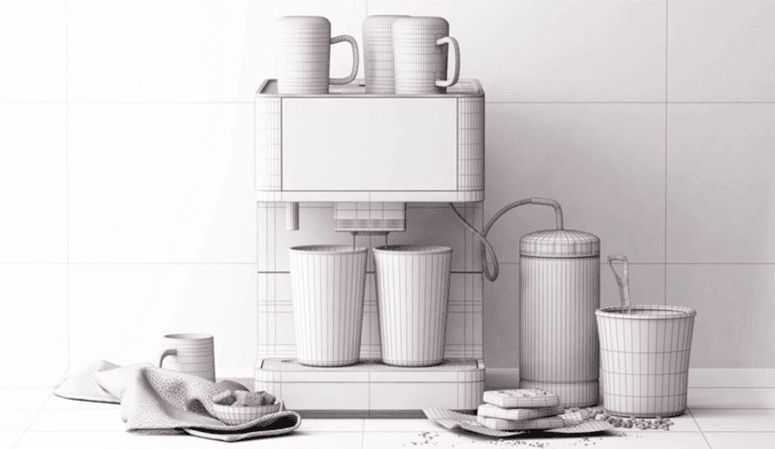
The benefits of 3D modeling in product design are unbeatable. With 3D models of products, the whole process of design development becomes convenient and fast. Every 2D sketch can be easily transformed into a 3D model, and every 3D object is modifiable.
Even if you don’t know how to make a 3D model of a product and don’t know where to start — it’s not a problem. Just send a 3D company 2D drafts, photos, references and mood boards, any guiding materials. In turn, a CG team will create a 3D model in one or two working days depending on its complexity.
After you see the first 3D model they made, you are welcome to comment on changes and corrections — 3D artists will make adjustments in no time. This approach makes the design development process much quicker, less contentious, and even, dare we say, enjoyable.
2. Save Your Budget on Prototyping
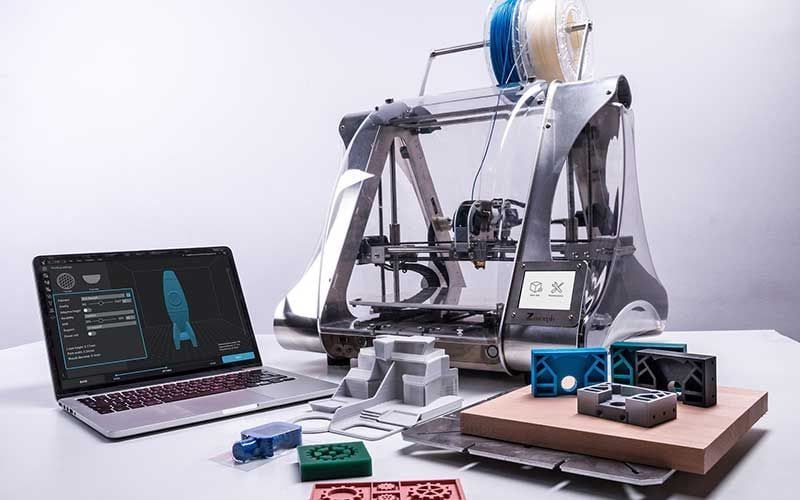
Prototyping is a vital step in product development and manufacturers produce many samples before finding the perfect design. However, using 3D models of products, brand designers can freely experiment with designs and save on prototyping costs.
Working on 3D models for eCommerce in 3D soft, CG artists can shape them and adjust as many times as needed. And once you refined the design with the help of 3D experts, you can send it to the factory and order a full-size prototype without making many intermediate samples.
3. Combine 3D Models to Create Awe-Inspiring Roomsets
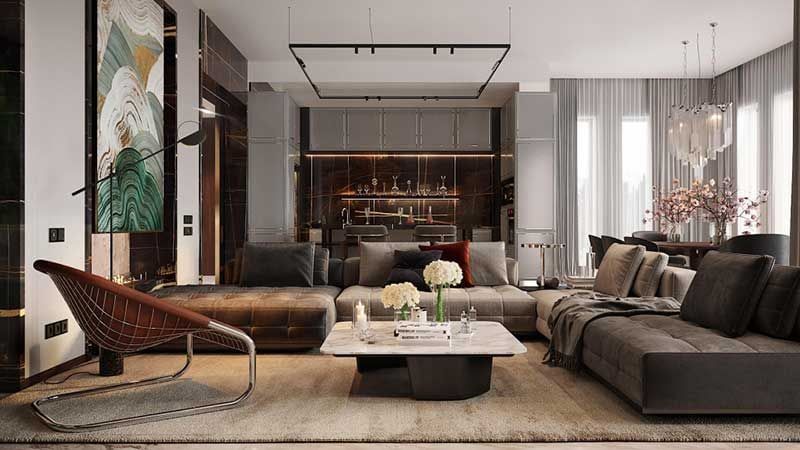
3D models of products are the basis of any 3D lifestyle or roomset. To create a roomset, CG experts combine individual 3D models into sets and put them into 3D rooms. No matter how many ready 3D models a marketer already has, they can always order a roomset full of decor and accessories. Even if a client has only one 3D model, a CG team can combine it with other matching 3D objects or even put it into a ready-made 3D scene .
Far-sighted 3D studios collect 3D lifestyles and categorize them so the next time they need a 3D roomset in a particular style, they simply choose a 3D scene from the library and put the client’s product in there.
Surely, they adjust every roomset so it suits the main product perfectly. For example, they add or remove some of the items, change the color palette and apply different textures to create a holistic product lifestyle.
4. Use 3D Models of Products for Advanced Motion Solutions
Modern buyers are picky, and this stimulates brands to use more advanced solutions for product promo and sales. One of the most popular tools to capture prospects’ attention is motion imagery like 3D configurators, a 360 view, 3D animation services, VR and AR apps.
Of course, you need a certain type of 3D model for such solutions. Professional CG artists know that you can’t use the same 3D items for print catalogs and animation. Motion imagery requires more resources of computers and smartphones to render the pic. Therefore, 3D models should be simplified without quality loss.
To achieve it, CG artists create a 3D model with a complex geometry first and then reshape it using the retopology method. This way they can keep the visual quality of the model but make it more suitable for apps, animation and 3D configurators.
5. Test Your Product Demand Without Any Financial Risks

Naturally, every manufacturer would like to know what their target audience wants before they make a product. If only manufacturers and marketers knew exactly which color and design was the most popular in advance, they could save tons of money and time on producing such goods.
To learn more about customers’ demands, marketers conduct product testing. Survey participants fill out questionnaires and select and rate the offered designs. Therefore, marketers should provide them with a bunch of photorealistic images with all possible color options, prints and materials to find the next Big Hit together.
But it doesn’t mean that you have to create 3D models of products for each design from scratch. Believe it or not, CG artists need only one 3D model to provide customers with a slew of options. Based on the marketer’s brief they make as many designs as needed in just a couple of clicks in 3D software. As a result, marketers can save budget on photosets and prototypes because they simply don’t need a physical product at the marketing research stage. But once they identify the most popular design, manufacturers can proceed to produce the samples and actual products without any risks.
6. Produce Tons of Engaging Content for Your Social Media
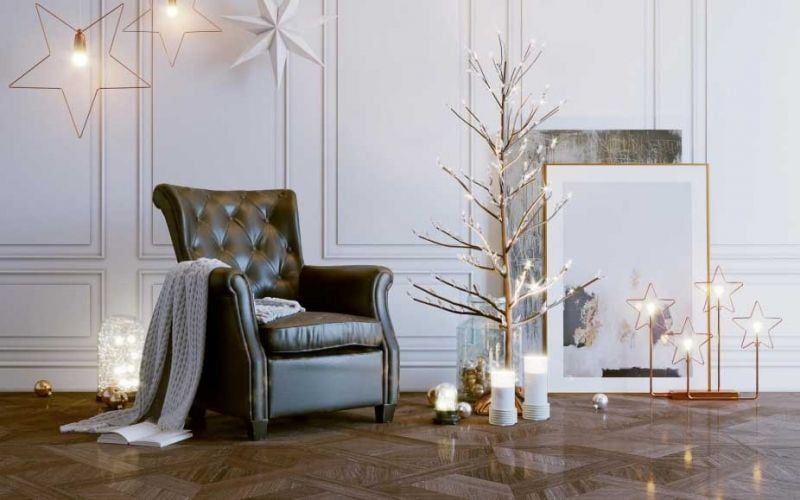
Having quality 3D models of all your products is a great source of endless content for social networks. Since 3D objects are easy to modify, CG artists can quickly change the color of the product, make several angles of the product or pick up a new background — and voila! — you get a new picture without extra expenses.
Using 3D soft, CG experts are able to combine 3D models into different scenes and customize them according to seasons, holidays, or sales by adding themed decor, text, and emojis. As a result, you get new relevant social media content based on your 3D models of products! Moreover, even ready 3D renderings can become GIFs or funny collages that social media users would notice immediately.
7. Use Product 3D Models for Cost-Saving Print Collateral and Advertisement
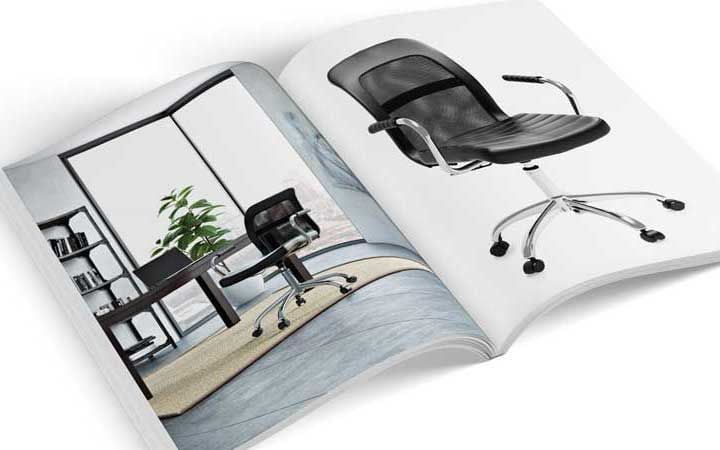
When you order your 3D models of products from a professional 3D studio, you get 3D objects of the highest quality and resolution. Because of rendering settings, 3D models and textures look absolutely photorealistic and work perfectly for print ads and collateral.
Having renderings based on quality 3D models, you can print the same picture both in small booklets and on a huge billboard without worry about pixels — professionally done 3D models look mind-blowing in any print size.
3D models of products are versatile and applicable in any aspect of the furniture business — from the first marketing research and product development to presentation in catalogs and advertising. 3D imagery not only speeds up the process of making edits to the design but also helps manufacturers to save on prototypes and provides plenty of content that increases brand growth in social media.
Ready to try our business advice in practice? Order 3D modeling services and get photoreal 3D models of your products that will skyrocket your sales!
